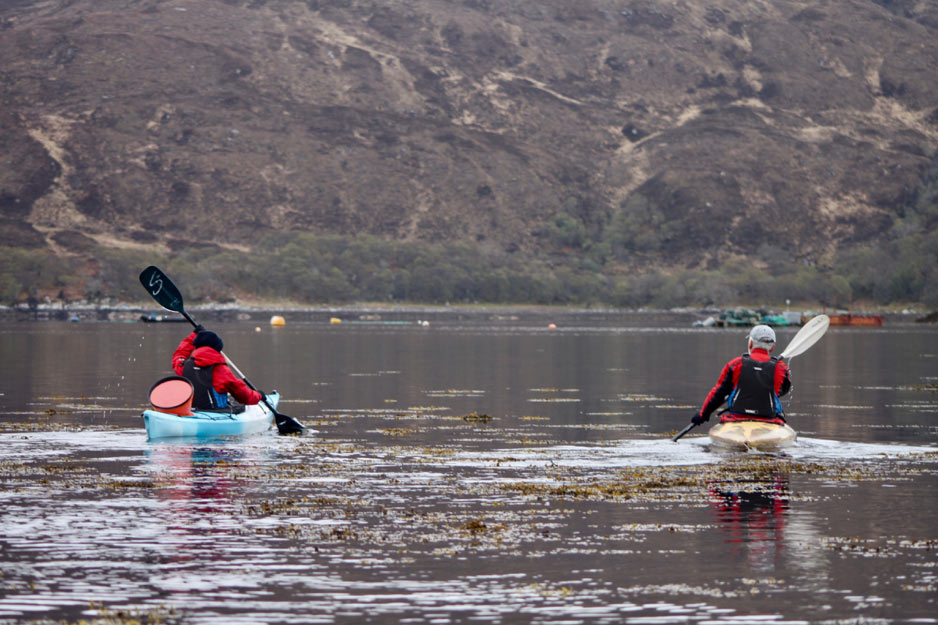One man went to sow

Guest blog by Mike Furness about his experience as a volunteer during seagrass planting week. It was smelly; it was noisy; it was heavy; it was cold. It was buzzing, vibrant and invigorating. Overwhelmingly it was about camaraderie, enthusiasm and shared purpose, and all set on the beautiful Pembrokeshire coast. At the end of February, […]
Seagrass citizen science: investigations into a potential seagrass saviour

A guest blogger? But why should I bother reading what he has to say? Well here’s a bit about me…. Originally hailing from Melton Mowbray, a small town in the middle of England known solely for producing pork pies and stilton cheese, my initial foray into marine science began with any other child’s obsession with […]
2020 Biodiversity agenda: Can we make a difference?

Hello Team Seagrass! My name is Laura and I am an ambassador for Project Seagrass. I completed my professional training year with the conservation charity from 2015-2016. Last week I was privileged to attend the Cambridge Conservation Initiative’s Panel Discussion on Setting a new post-2020 biodiversity agenda. The 2-hour lecture/interactive question and answer session at […]
A Symphony For Scottish Seagrass

Hello Team Seagrass! I am Rufus, a volunteer with Project Seagrass and a marine biology graduate from the University of St Andrews. Since graduating in June 2017, I have begun working for the Scottish Chamber Orchestra’s Connect team and the University of St Andrews’ Music Centre. In this split position, I get to enjoy the benefits of working with […]
What a way to celebrate World Environment Day!

WOW! I only went and ran THREE marathons in SIX weeks! TODAY, on non-other than World Environment Day (WED), I am SO happy to have completed the challenge I set down for myself, and to have raised over £1,700 for Project Seagrass to continue their great work. What an amazing way to celebrate World Environment Day! […]
Talking about Plastic Pollution during EU Green Week

Kayaking on the Isle of Skye’s lochs you feel as though you’re a million miles from civilisation; back to basics with wildlife flitting about you and crystal clear waters to peer into. There’s no rumble in your ear of background traffic noise or aeroplanes going overhead. Just you, your paddling buddy and the creatures that […]
One marathon down… Two to go! Next stop Edinburgh!

Well, Sunday 23rd April came and went and… I DID IT! All those long runs, early mornings and late evenings were worth it. All that snow, rain and sleet…All in the name of Project Seagrass – my #ReasonToRun! There was a good buzz about the London Marathon. I completed the London Marathon in a […]
Guest Blog: Jessica McGarty on Egyptian Seagrasses

I was recently ‘nudged’ to do something by a fellow seagrass enthusiast who shall remain nameless for the time being! I must admit that I have been distracted by life and other ‘things’ for several months and desperately needed that ‘nudge’ to get going again. So, with March being Seagrass Awareness Month, I decided to briefly […]

